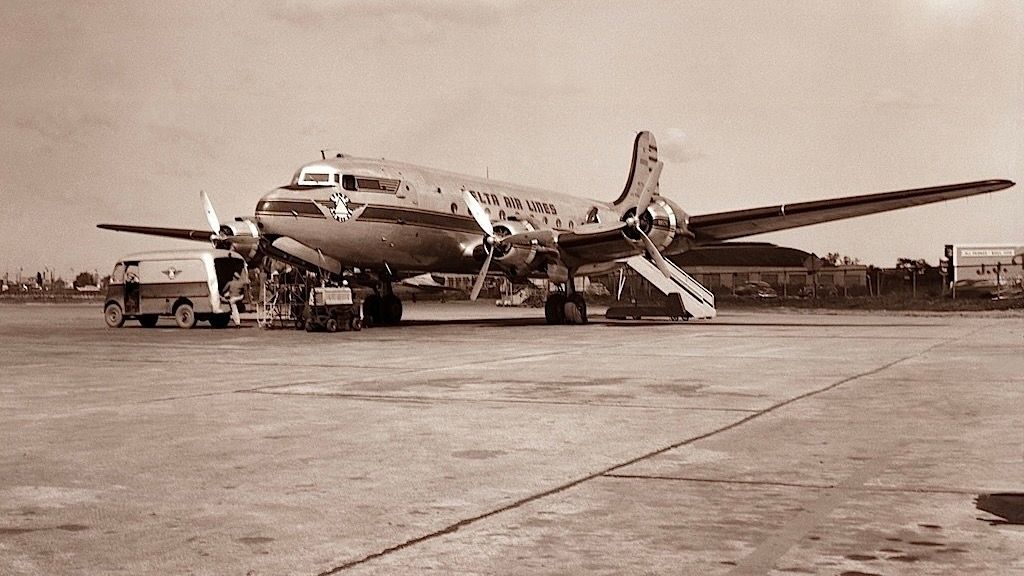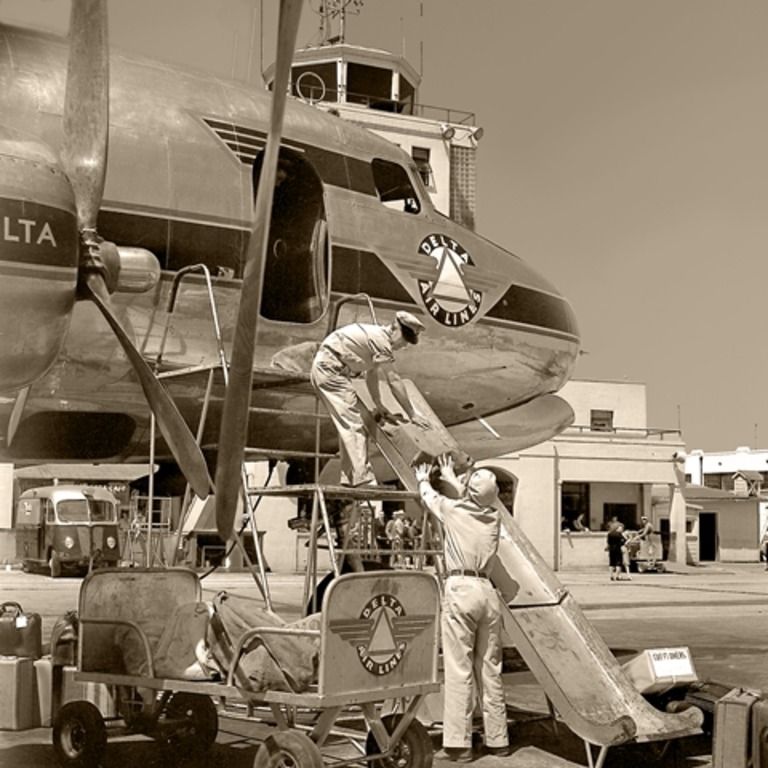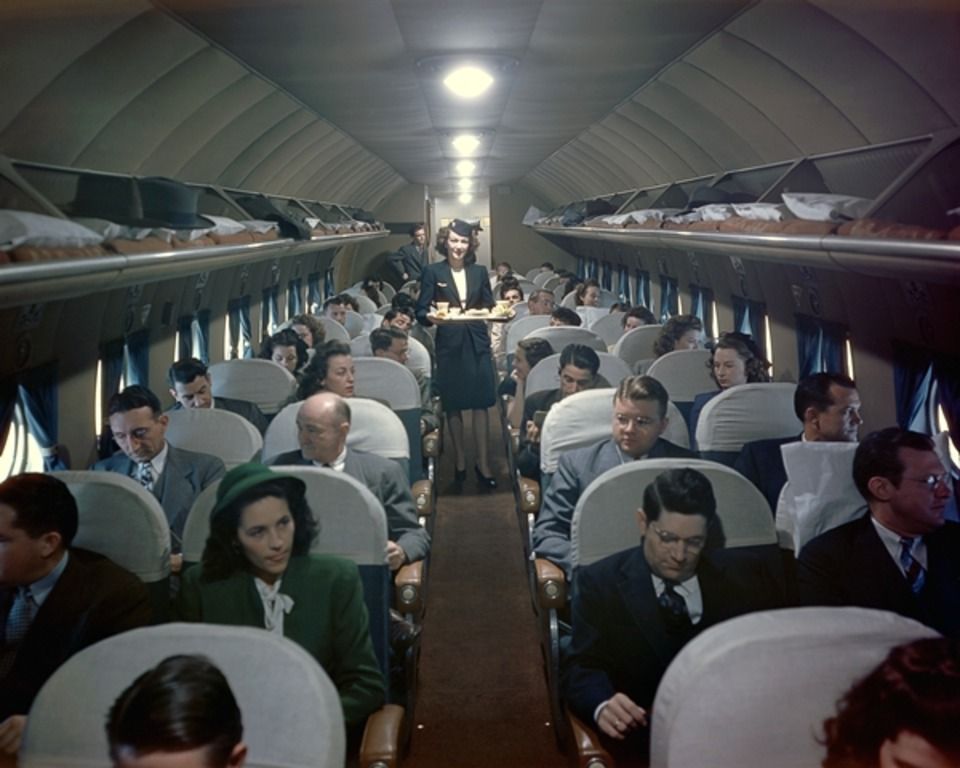Following the 80th anniversary of the Douglas DC-4's first flight, we thought we'd take a look at why one of its notable operators took on the type. Eight units of the model found their way to Delta Air Lines’ fleet after the end of World War II.
Covering range
While the popular propeller first flew in February 1942, it took four years to find its way to Delta's facilities. The Atlanta-based carrier received its first DC-4 on February 12th, 1946, and entered the type the following month, on March 6th. It could be seen on routes to Fort Worth, Charleston, Savannah, Chicago, and Miami. Delta was keen to enjoy the space to be had on board the aircraft. Impressively, it offered approximately double the capacity of the DC-3 at 44 seats. Additionally, it had four times the range.
Fritz Schwaemmle, recruited as a Delta pilot in 1934, shared the following, according to the Delta Flight Museum.
"For the first time we had on the airline, an airplane that we didn't have to worry about fuel. We always had enough fuel on that DC-4 to go 2,000 miles, and somewhere in the United States, the weather was satisfactory for a let down within 2000 miles. So fuel was no problem…The DC-4 was very dependable airplane, had very dependable engines, had adequate anti-icing."
Get the latest aviation news straight to your inbox: Sign up for our newsletters today.
Valuable updates
The aircraft came with a modest autopilot system that offered altitude and directional hold. It was also the first plane of the airline that was not a "tail-dragger." It had a tricycle landing gear, which helped level the cabin when on the ground. This made the boarding of passengers easier to facilitate.
The aircraft were converted from military C-54B Skymasters, and the galley was designed by Chief Engineer J. F. Nycum. Delta's galleys were soon made the standard for subsequent commercial productions. The carrier had put the type to good use across its network. For instance, one of its units flew the first nonstop scheduled flight between Chicago and Miami on November 1st, 1946.
Key specifications of the Delta DC-4 include:
- MTOW: 73,000 lb (33,112 kg)
- Range: 2,000 mi (3,200 km)
- Speed: 215 mph (346 km/h)
- Engines: 4 x Pratt & Whitney Twin Wasp R-2000
Love aviation history? Discover more of our stories here.
Rapidly-changing market
Competition became rife across the United States after the war, especially with the rise of the Lockheed Constellation, which Eastern had also placed on the Chicago-Miami route. Notably, the Constellation was pressurized, unlike the DC-4. Thus, Delta responded with the introduction of the DC-6, which also came with pressurization.
This plane replaced the DC-4 due to the modern technology that came with it, along with increased speed. As a result, Delta retired the DC-4 on June 15th, 1953. The company would also go on to hold the Lockheed Constellation between 1953 and 1958.
Delta was a huge fan of the DC family. When it came to other propellers of the series, the airline also held the DC-2, DC-3, and DC-7. Additionally, following the arrival of the jet age, it flew the DC-8, DC-9, and DC-10. It also adopted the MD-11, MD-82, and MD-90.
Over 1,200 DC-4s and their military counterparts were produced. It helped several carriers get off the ground in a revolutionary period of commercial aviation. The plane has also been spotted in action in modern times, thanks to its durability. South African Airways Museum Society and Buffalo Airways are two entities that have deployed the type in recent years.
With a history tracing back to nearly a century ago, Delta has held a vast range of aircraft types. From propellers to jumbo jets, the carrier has experimented well across the industry.
The DC-4 is just one of dozens of aircraft models that have found their place in the airline's fleet throughout the decades. Delta will undoubtedly continue growing its reputation of keeping up with the times and entering innovative aircraft into its operations as the market evolves.
What are your thoughts about the Douglas DC-4’s services with Delta Air Lines? What do you make of the type’s operations over the years? Let us know what you think of the aircraft and its history in the comment section.
Source: Delta Flight Museum



